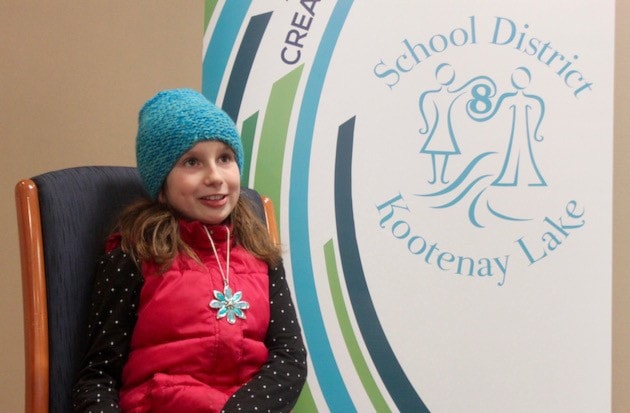The Kootenay Lake school district figures it can run the 2016-17 school year with $59.4 million, and last week released a preliminary budget outlining how exactly they’ll do so.
“Although the preliminary budget was approved April 19, we will continue to work with this budget until the final amended budget is submitted to the the Ministry in February 2017,” reads a news release from SD8.
The district embraced two “major philosophical changes” to their budgeting process this year — surplus dollars are not being considered revenue, as they were in the past, and all excess funds are being funnelled towards teacher staffing.
Focus on student learning, capital investments
The board is putting $292,000 towards putting educational assistants in K-3 classrooms, implementing new curriculum and to support initiatives “to transform learning in SD8.”
An additional $565,855 is going towards “the specific needs of our vulnerable learners, including meals, Read by 3, intermediate core literacy and third party contracts providing counselling, art therapy, mental health clinicians and after school programming,” the news release said.
The district is making it a priority to “responsibly maintain our capital investments, and to make further investments in areas where we are challenged.”
To that end they’re putting $200,000 towards their Evergreen technology fund and $214,000 towards a provincial infrastructure project that aims to bring in faster and more reliable Internet to all schools.
Human resources, talking tables
To address a projected increase in students, the district is putting $750,000 towards teacher staffing — which is the equivalent of 7.5 full-time teachers.
“Over the next few months we will be adding staffing for targeted funds, such as aboriginal education and the learning improvement fund,” reads the release.
They are also committing to include teachers on call in the upcoming non-instructional day that’s being used to implement the new curriculum.
“To have all teachers in the district, including [teachers on call] and part-time teachers, working on this important project will positively impact students when the curriculum is fully rolled out.”
New to this year’s budget process was a “talking tables” dinner event where teachers, CUPE members and parents engaged in facilitated discussions.
The district also plans to continue offering student symposia to engage learners “in building awareness for decision-makers in SD8 around students’ learning, priorities and advocacy.”
Facilities pressure, teacher staffing
The district acknowledges the budget is less than ideal.
“The 2016-17 budget did not come without its challenges. As in any budget year, the board was not able to fulfill all of the very important initiatives and staffing requests put forward.”
However, they kept two priorities at the “forefront of the board’s mind during the budget process: looming facility pressures, responsibilities and liabilities; and the desire to put as much staff into schools as possible.”
This year’s budget, according to the board, “has made room to direct resources to these priorities”.
SD8 at a glance
Projected enrolment increase (February 2016): 66 FTE students
Ministry operating grant increase: $900,000
